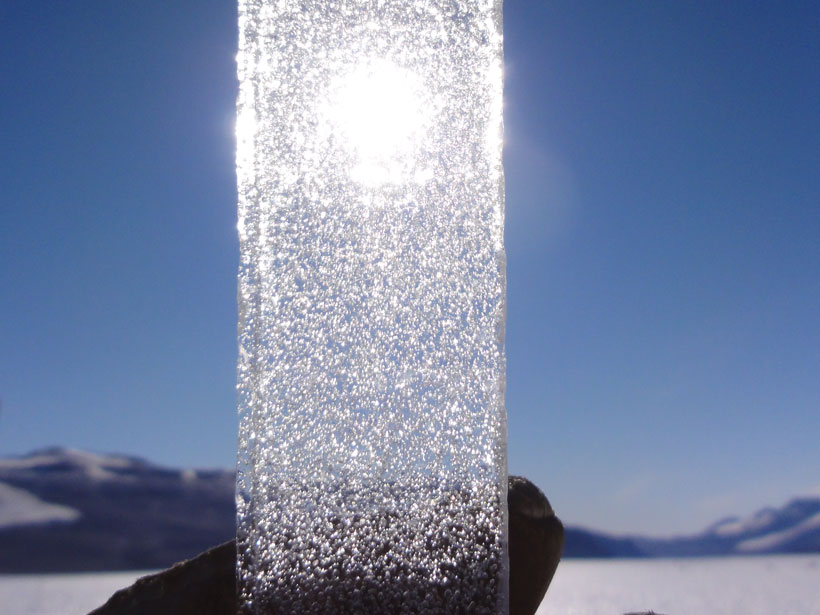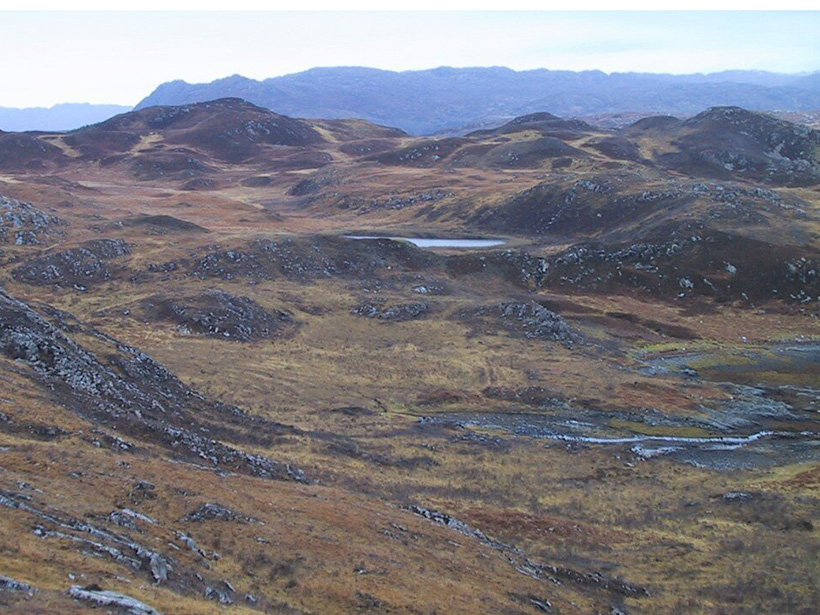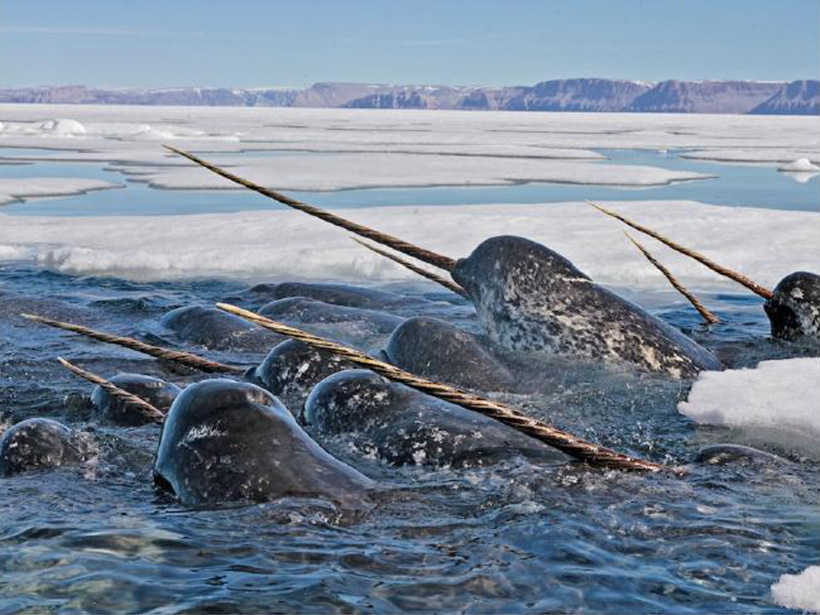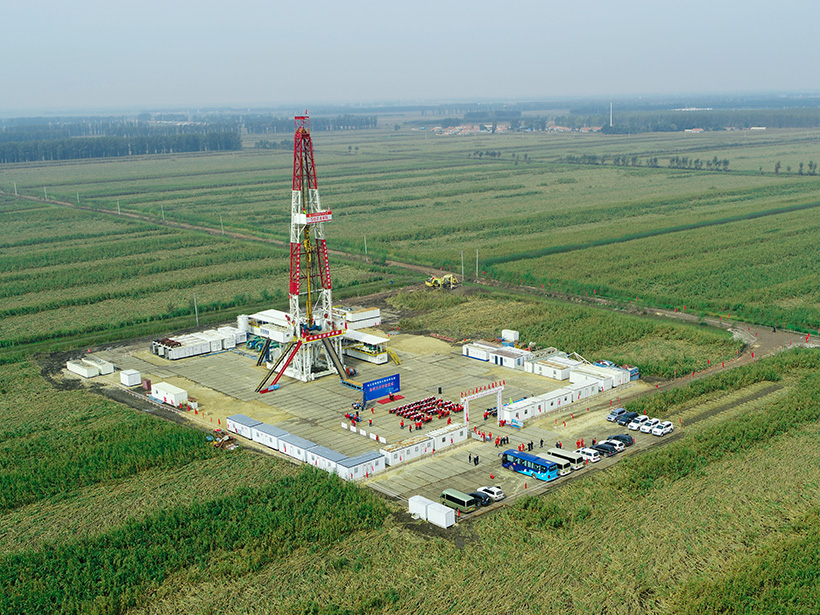As Earth ruptures, micas kink. These kink bands hide in rocks millions of years old, preserving evidence of past quakes.
paleoclimatology & paleoceanography
Hydrothermal Vents May Add Ancient Carbon to Ocean Waters
Data from a long-distance research cruise provide new insights into carbon cycling in the eastern Pacific and Southern Oceans.
Russell Receives 2020 Paleoceanography and Paleoclimatology Willi Dansgaard Award
James M. Russell received the 2020 Willi Dansgaard Award at AGU’s virtual Fall Meeting 2020. The award is given in recognition of “high research impact, innovative interdisciplinary work, educational accomplishments, such as mentoring, or positive societal impact” and “exceptional promise for continued leadership in paleoceanography and paleoclimatology.”
Cutting to the Core
In our July issue, Eos looks at the collection, study, and storage of cores—from sediment drilled up from the age of the dinosaurs to tree rings as big as a house.
Cores 3.0: Future-Proofing Earth Sciences’ Historical Records
Core libraries store a treasure trove of data about the planet’s past. What will it take to sustain their future?
An Ancient Meltwater Pulse Raised Sea Levels by 18 Meters
Meltwater pulse 1A, a period of rapid sea level rise after the last deglaciation, was powered by melting ice from North America and Scandinavia, according to new research.
Carbonate Standards Ensure Better Paleothermometers
A community effort finds that carbonate standards eliminate the interlaboratory differences plaguing carbonate clumped-isotope thermometry studies.
Narwhal Tusks Record Changes in the Marine Arctic
This new paleorecord can help scientists better understand how climate change and human activity are changing marine mammals’ environments and habits.
Timing of Earth’s Oxygenation May Need a 100-Million-Year Revision
A new study revises estimates for when oxygen became a permanent part of the atmosphere and solves a puzzle about glaciation during the Paleoproterozoic era.
An Unbroken Record of Climate During the Age of Dinosaurs
A scientific drilling project in China has retrieved a continuous history of conditions from Earth’s most recent “greenhouse” period that may offer insights about future climate scenarios.









